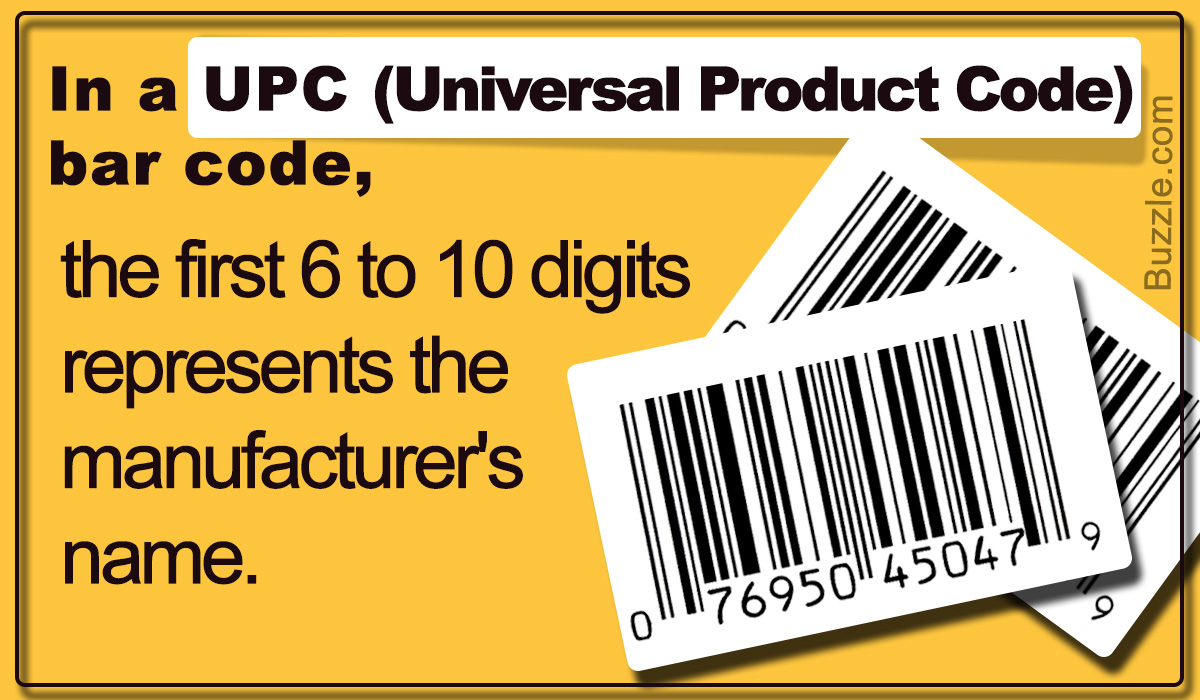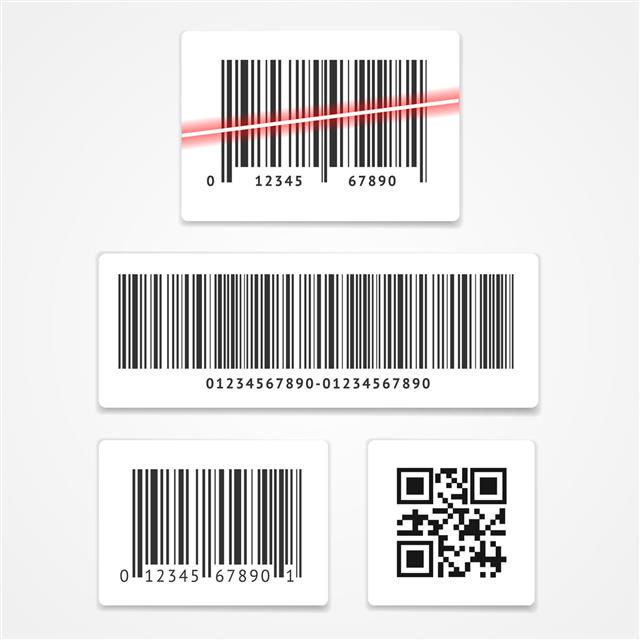
A12-digit Universal Product Code (UPC) distinguishes products from each other. This post will teach you how to read Universal Product Code (UPC) barcodes.
Once a manufacturer applies for a standardized barcode, and it is approved by the Uniform Code Council (UCC), he is issued a 12-digit Universal Product Code (UPC). This code does all the classifications for the purchase of a product. Every different size of the same product has a different UPC. It is one of the most widely used barcode systems in the world. Seeing it on your everyday items probably would have gotten you to think, “hey, maybe I can read these barcodes myself?” Well you’re right, you can read them yourself, without a standard reader.
Description
- The 12-digit barcode that we use is the standard UPC-A. These codes can be of different types, based on different systems.
- Each black and white bar/line represents a particular number.
- These lines are of varying thicknesses, and are numbered in an ascending order according to the increasing thickness.
- The thinnest line is represented as ‘1’, the medium line is represented as ‘2’, the next thicker one in line is referred to as ‘3’, while the thickest bar is labeled as ‘4’.
- Depending on these different bars interspersed with the white spaces, we get the barcode.
How to Read It
UPC Scanners
You get the scanners in the market that are meant to decode the UPC. For example, Symbol LS2208 bar code scanner is a general purpose scanner that includes the UPC-A (standard UPC). The MC3090 wireless scanner from Barcodes Inc., is another excellent scanner for the UPC. If you don’t want to actually go and buy a scanner but possess a smartphone, you’re in luck. ScanLife barcode reader is a smartphone app that allows you to take a picture of the barcode through the phone camera, read the image, and decode the barcode in the picture taken. The best part is, it’s a free app!
Manual Reading
A standard 12-bar UPC contains some common elements, and then the ones that differentiate the product. Also, note that reading the code with your eyes can be a strenuous process, so take it easy with the lines, and use a magnifying glass if you have one.
- Look at the first and last sequence of lines on the barcode (a sequence of lines). There are two thin black lines separated by a white line. This is standard in all such codes.
- This sequence is referred to as ‘101’. This is because these codes are encoded in binary. Note that every barcode begins and ends with a 101.
- Now, take notice of the sequence of lines exactly in the middle of the code. The middle bars are an alternating sequence of ‘white-black-white-black-white’. This makes the code ‘01010’.
- The rest of the bars each contain their own number codes. Each code represents a particular bit of information about the product.
- Now, look at all the numbers at the bottom. Every number is associated with a panel of a 4-line set. These numbers are again given a specific set of number codes (given below).
- The first 6 digits contain information about the purchase of the item and the manufacturer information. The latter 5 digits describe that particular item in detail, like the product size, version, etc. The last digit is called the ‘check digit’, and is used by the UPC scanner for error detection.
UPC Standard Codes
Each of these numbers are given a set of number codes listed below:
| 0 = 3211, | 1 = 2221, |
| 2 = 2122, | 3 = 1411, |
| 4 = 1132, | 5 = 1231, |
| 6 = 1114, | 7 = 1312, |
| 8 = 1213, | 9 = 3112. |
Example: Now look at the first three digits of the image (012). So, the way to read it would be – 101321122212122. When separated, each of the numbers are represented by a four digit number, with 101 in the beginning, to tell the scanner that the barcode has started.
| 101 | 3211 | 2221 | 2122 |
| Start | 0 | 1 | 2 |
UPC Standard Prefixe
Here are the most common prefixes found on the UPC barcodes:
- 0, 1, 6, 7, and 8 are the most common; they are used on most everyday goods.
- 2 is used for things that vary in weight, like food.
- 3 means it’s a medicine.
Reading the barcode can prove to be more than just a hobby. If you go someplace on your vacation, it would be good to know more about the item you’re buying. Also, take care of your eyes when you try and read, especially if you already have eye problems. Apart from that, reading them can become quite an interesting activity!



